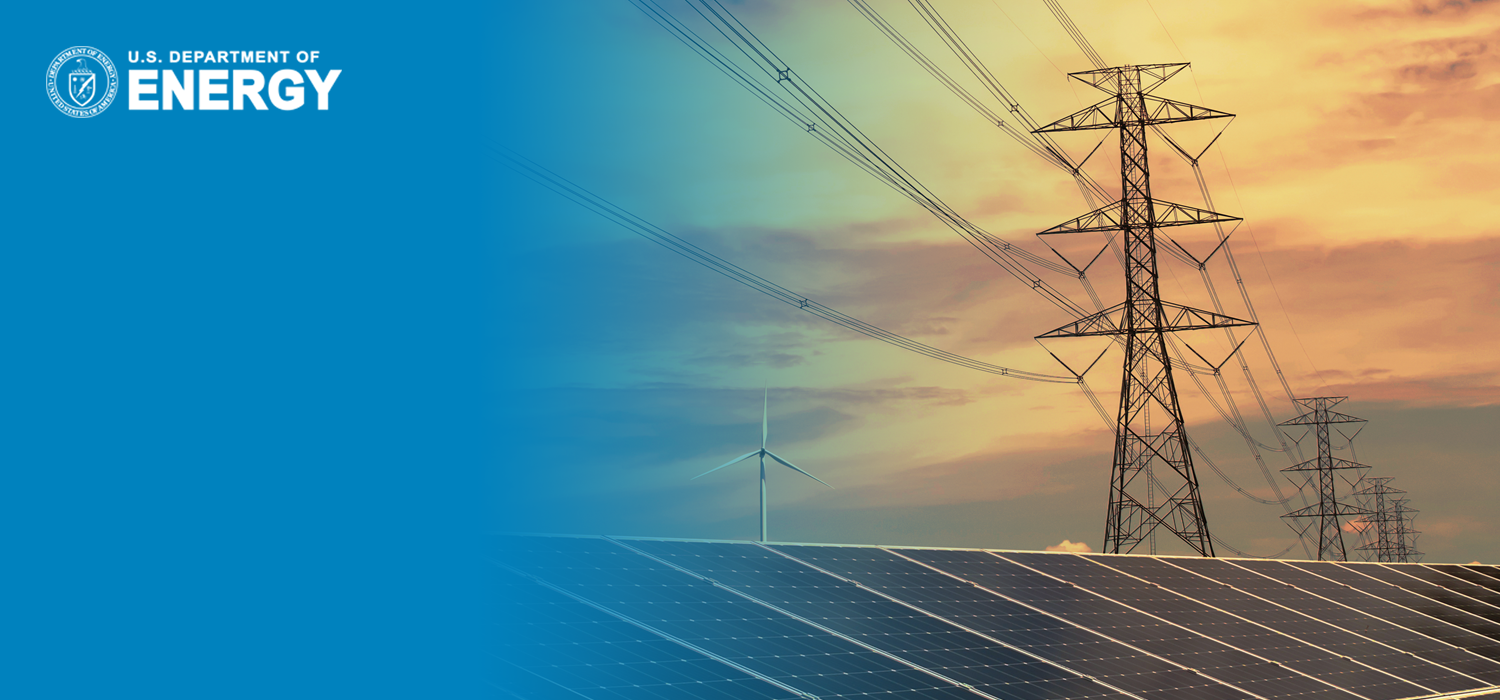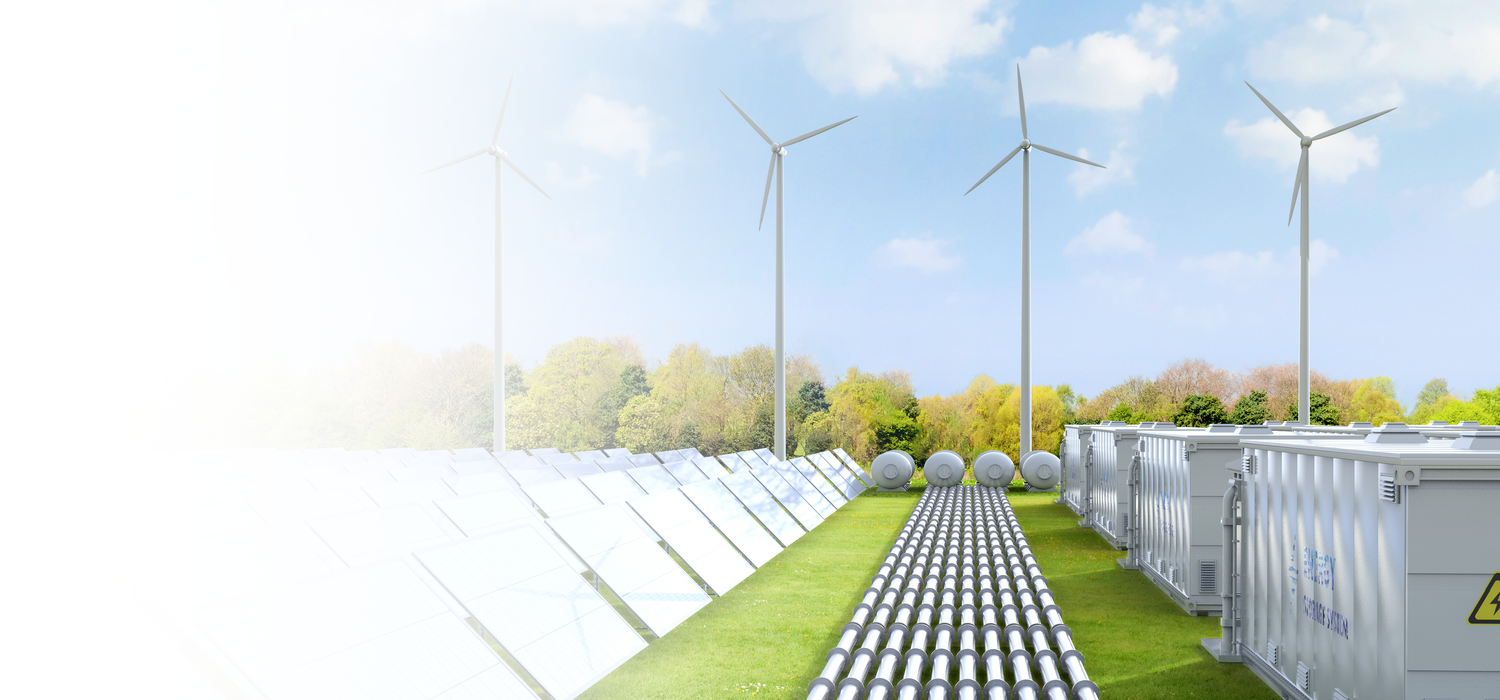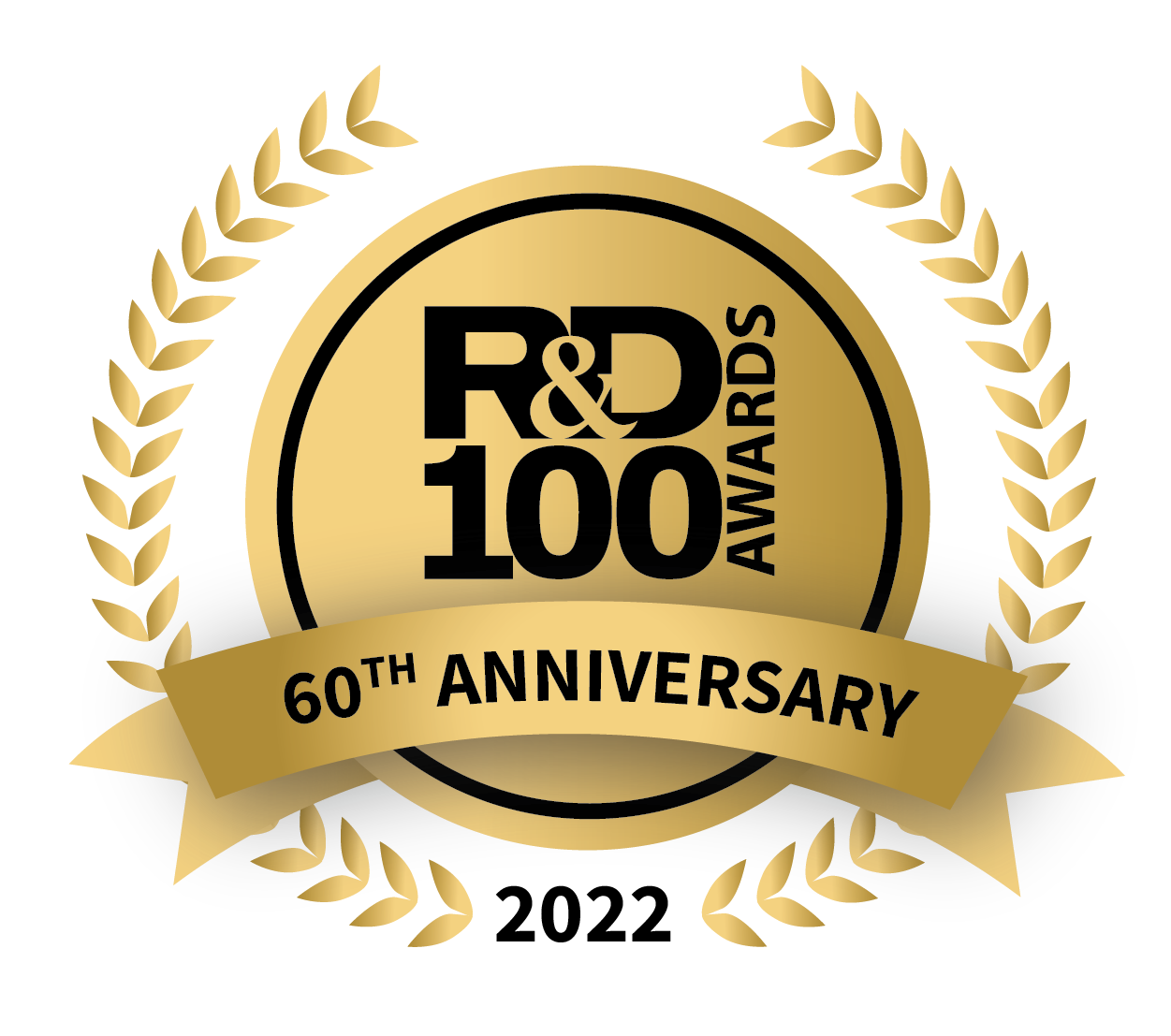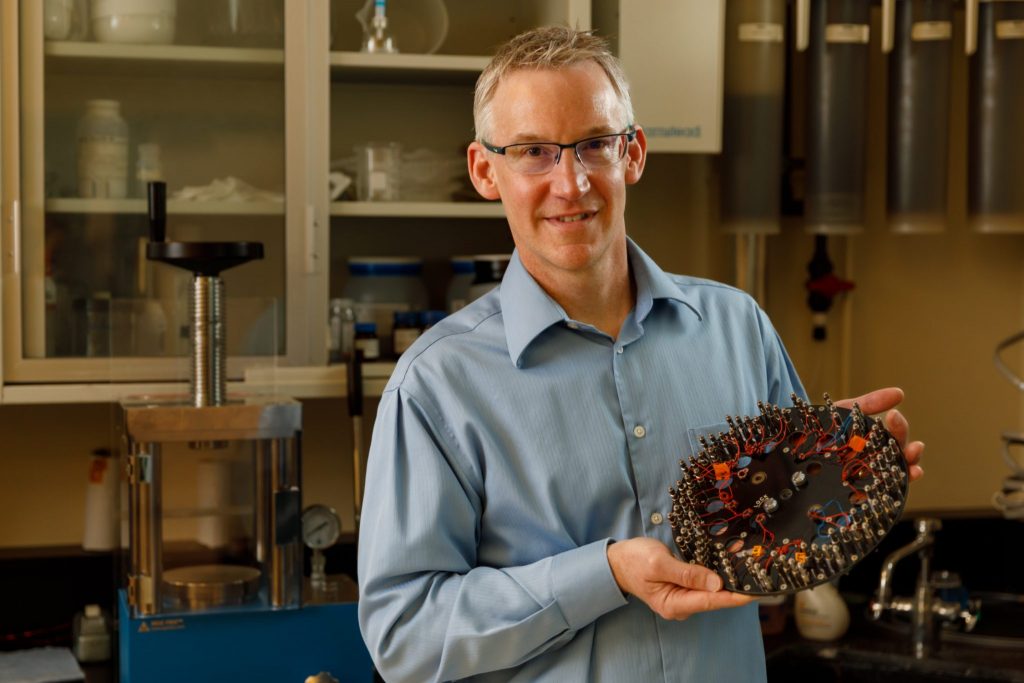
Sponsored by the DOE Office of Electricity’s Energy Storage Program, the Energy Storage Safety and Reliability Forum at PNNL will focus on the current state of energy storage safety and reliability and identify additional R&D efforts to advance the DOE roadmap for energy storage. The forum will also examine key challenges, opportunities, and potential solutions for improving the safety and reliability of energy storage systems.
Join us for the 8th annual Energy Storage Safety & Reliability Forum May 14 – 16, 2024. Hosted in Richland, WA at the PNNL Discovery Hall.

DOE Energy Storage Annual Peer Review
The 2024 DOE Office of Electricity, Energy Storage Program Annual Meeting and Peer Review will assemble researchers from across the DOE landscape – national laboratories, industry, government, and academia – to summarize the state of the art in energy storage research, development, and application.
This year’s event will take place from Monday, August 5 to Wednesday, August 7 at the Meydenbauer Center in Bellevue, WA.

Join a Long-Duration Energy Storage Stakeholder Group
Sandia National Laboratories invites you and your organization to join the National Consortium for the Advancement of LDES (Long-Duration Energy Storage) Technologies. This National Consortium will provide a forum to enable stakeholders across the LDES ecosystem to convene & identify barriers, determine potential synergies, and collaboratively develop & recommend strategies necessary to achieve commercialization for a wide range of LDES technologies within the next decade.

OE’s Energy Storage program improves storage reliability, resilience, and safety for our nation’s future grid. We’re partnering with national labs, a diverse set of universities, and the energy community to reduce costs and increase the reliability of storage so that a grid powered by nearly 100% renewable energy can become a practical reality.
Watch to learn more about how we plan to shape what’s next for your electricity grid. The future grid will need to accommodate growing supply volatility from intermittent resources and quickly evolving fuel infrastructures, as well as increased demand-side functionality with distributed energy resources and the electrification of transportation, buildings, and industry.
Revolutionizing Energy Storage to
Deliver Clean Energy

Energy Storage for
Social Equity Initiative
The Energy Storage for Social Equity (ES4SE) Initiative, sponsored by the DOE Office of Electricity Energy Storage Program, empowers urban, rural, and tribal disadvantaged communities to consider energy storage technologies and applications as a viable path towards community prosperity, well-being, and resilience.

Sandia Wins 5 R&D 100 Awards and a Silver Specialty Award

Competing in an international pool of universities, corporations and government labs, Sandia National Laboratories researchers captured four R&D 100 Awards this year and supported a fifth. One entry also won the R&D 100’s Special Recognition Market Disrupter Silver Award.
The ESS Mission
The goal of the ESS program is to develop advanced energy storage technologies and systems, in collaboration with industry, academia, and government institutions that will increase the reliability, performance, and competitiveness of electricity generation and transmission in the electric grid and in standalone systems.
Upcoming Events
-
Energy Storage Interconnection – Challenges and Solutions
-
eGrid 2024 – IEEE Workshop on the Electronic Grid
-
EESAT 2025 – IEEE Electrical Energy Storage Applications and Technologies Conference
-
IEEE PES Transmission & Distribution (T&D) Conference & Exposition
-
IEEE PES GridEdge Technologies Conference & Exposition
Recent News
-
Vincent Sprenkle Named Director of Grid Storage Launchpad
A nationally recognized leader in electrochemical energy conversion and storage at Pacific Northwest National Laboratory (PNNL), Vince Sprenkle has been chosen to oversee the Grid Storage Launchpad (GSL), a Department of Energy (DOE) Office of Electricity (OE) research and development facility that will open this year on PNNL’s campus in Richland, WA. For more than a decade, […] Read More
-
U.S. Department of Energy Announces Selectees of $15 Million in Awards to Advance the Future of Energy Storage
The U.S. Department of Energy’s (DOE) Office of Electricity (OE) today announced the selectees of $15 million in awards at the Long Duration Energy Storage (LDES) Council Summit on April 8, 2024. These awards are through the Storage Innovations 2030: Technology Liftoff (SI Liftoff) funding opportunity announcement (FOA) to advance energy storage innovations to help […] Read More
-
U.S. Department of Energy Announces $2.25 Million American-Made Silicon Carbide (SiC) Packaging Prize
The U.S. Department of Energy’s (DOE) Office of Electricity (OE) today launched the American-Made Silicon Carbide (SiC) Packaging Prize. This $2.25 million contest invites competitors to propose, design, build, and test state-of-the-art SiC semiconductor packaging prototypes to enable these devices to work more effectively in high-voltage environments such as energy storage. The prize is part of […] Read More
